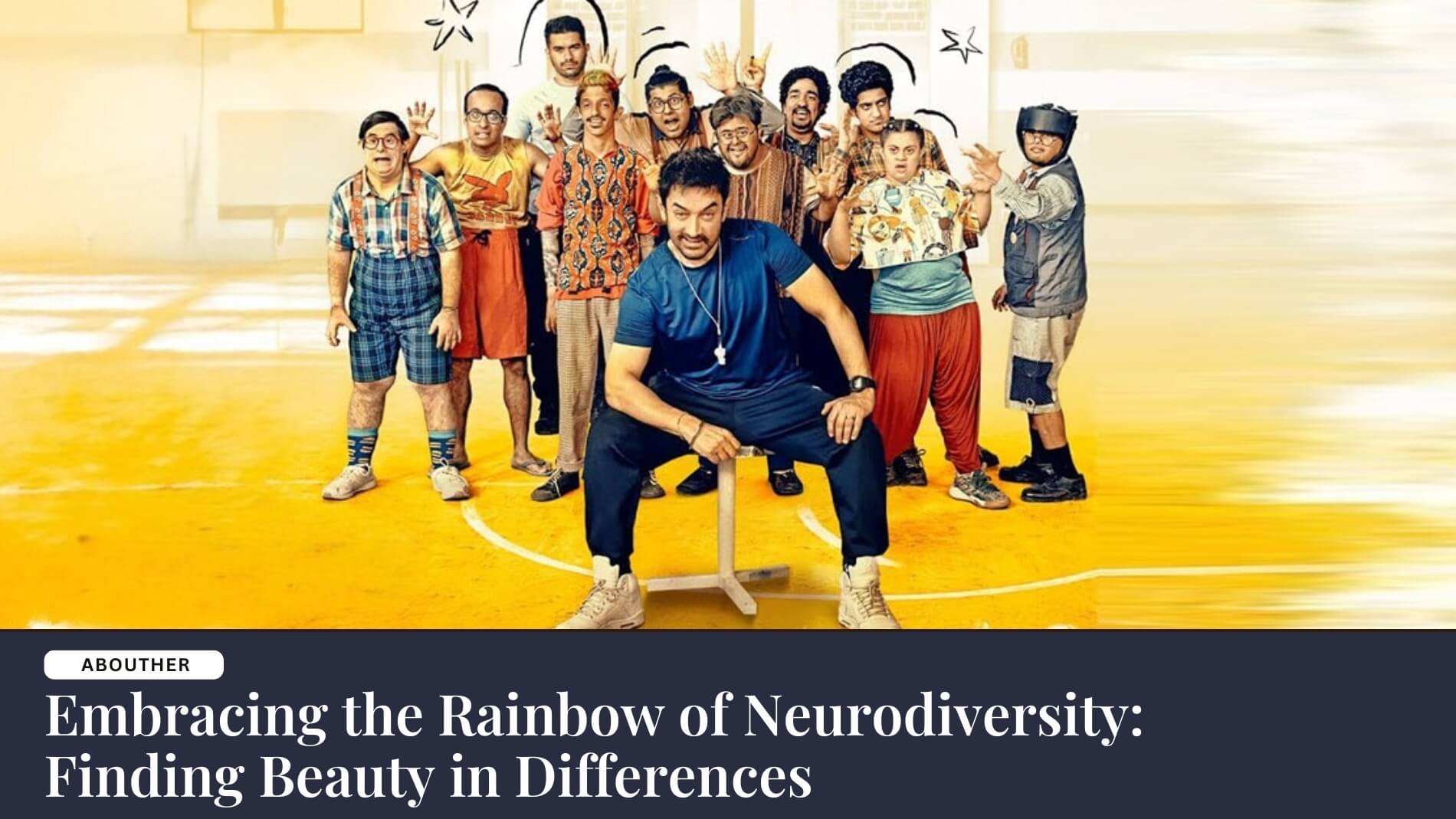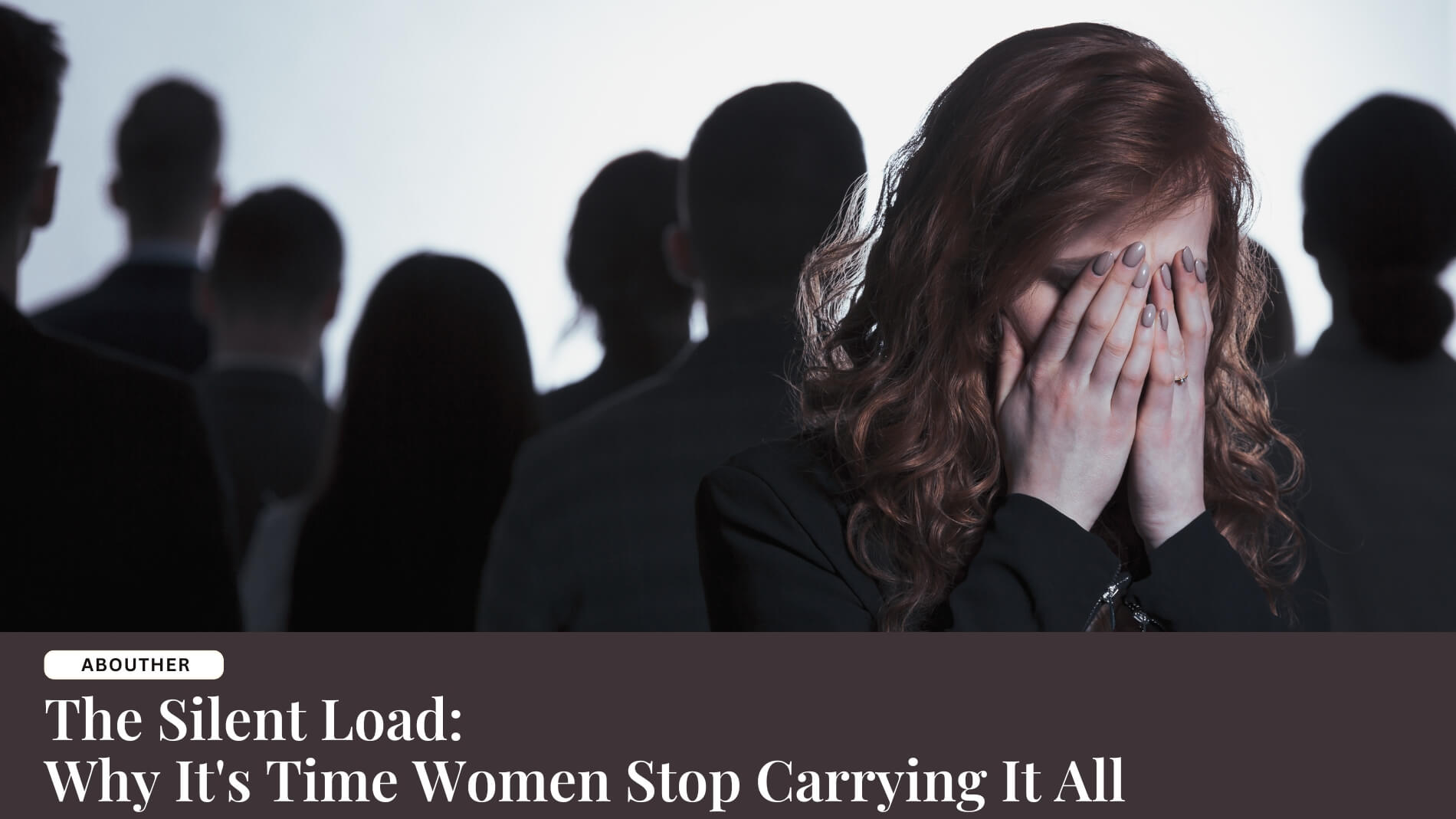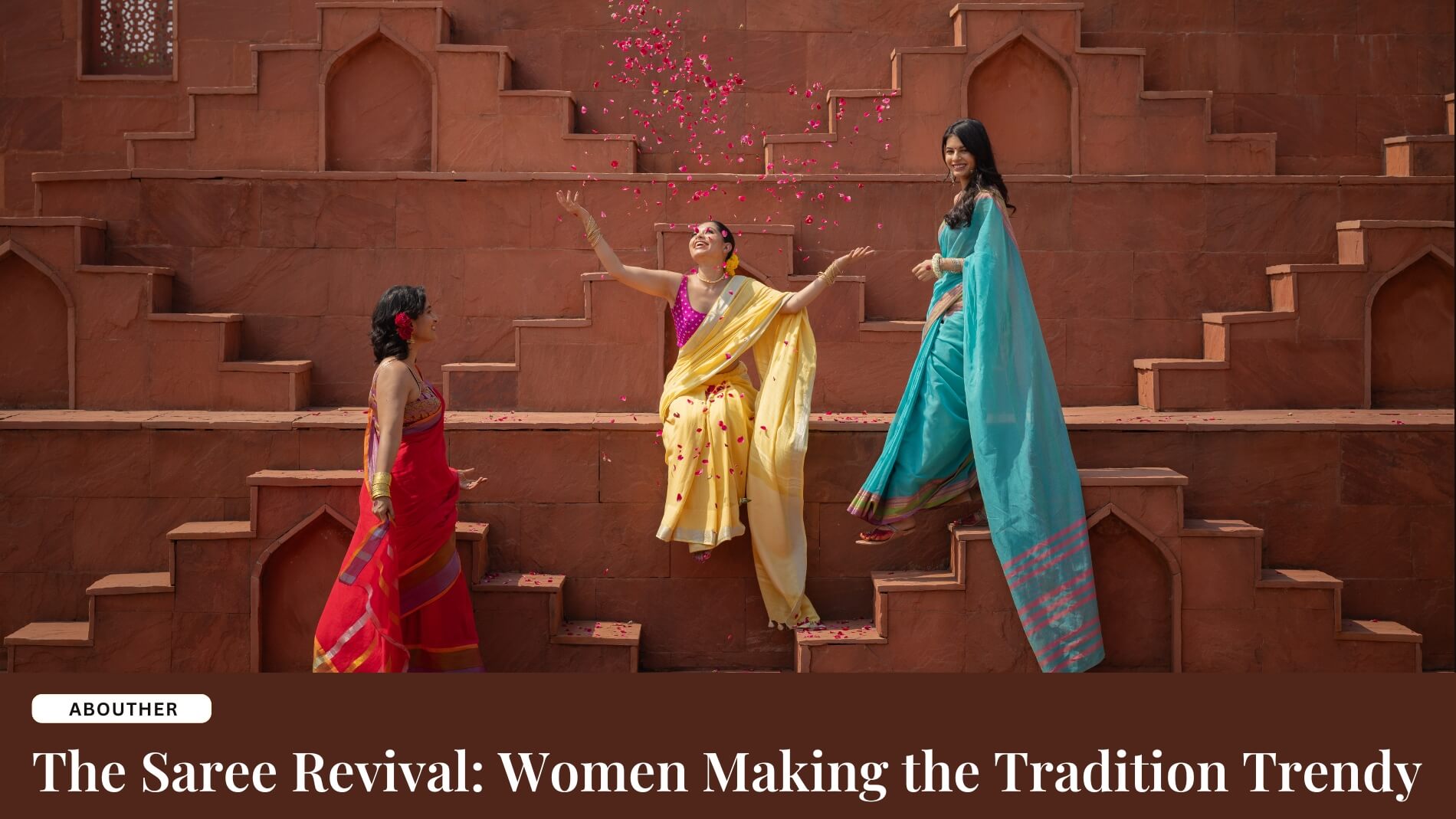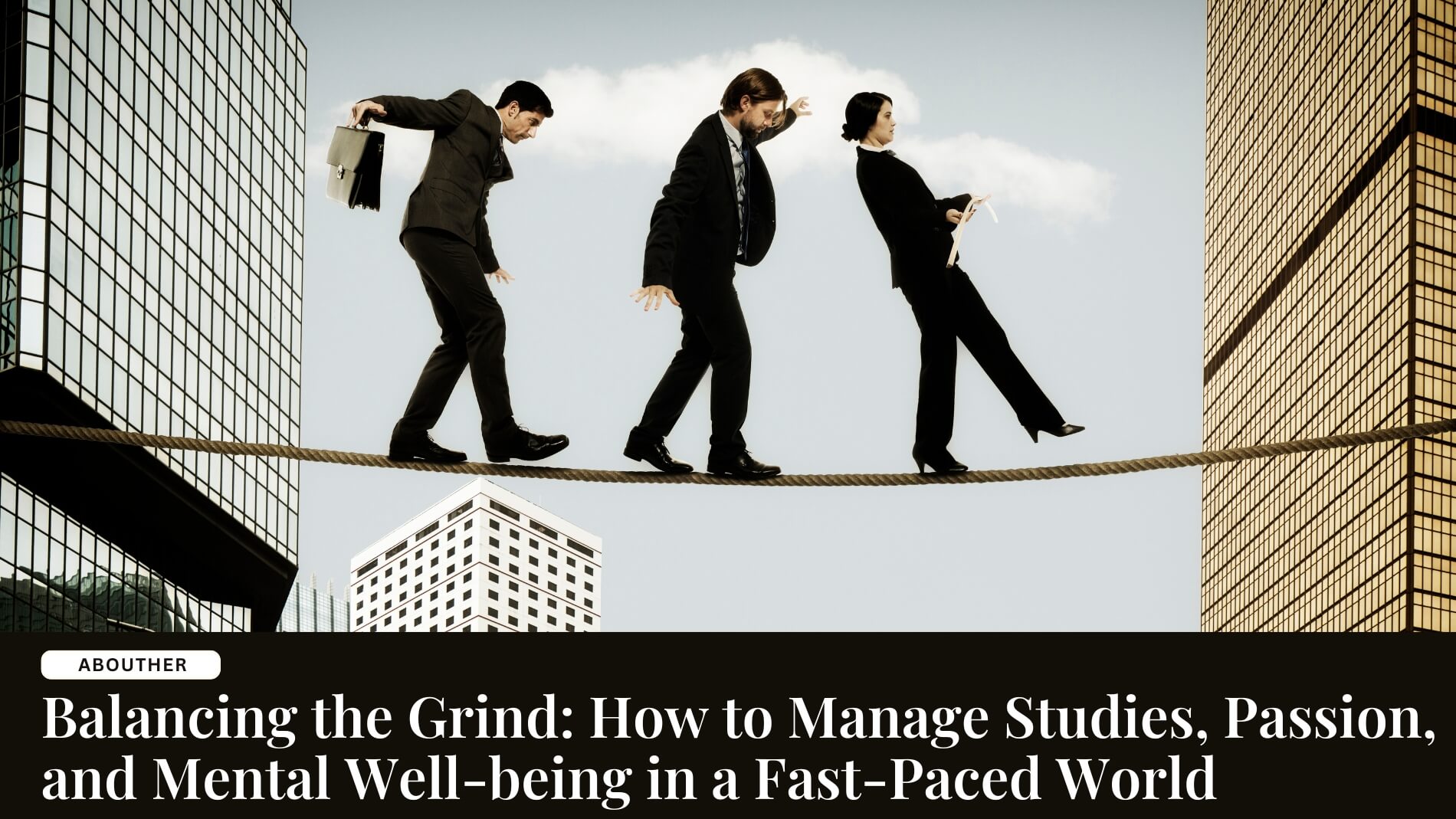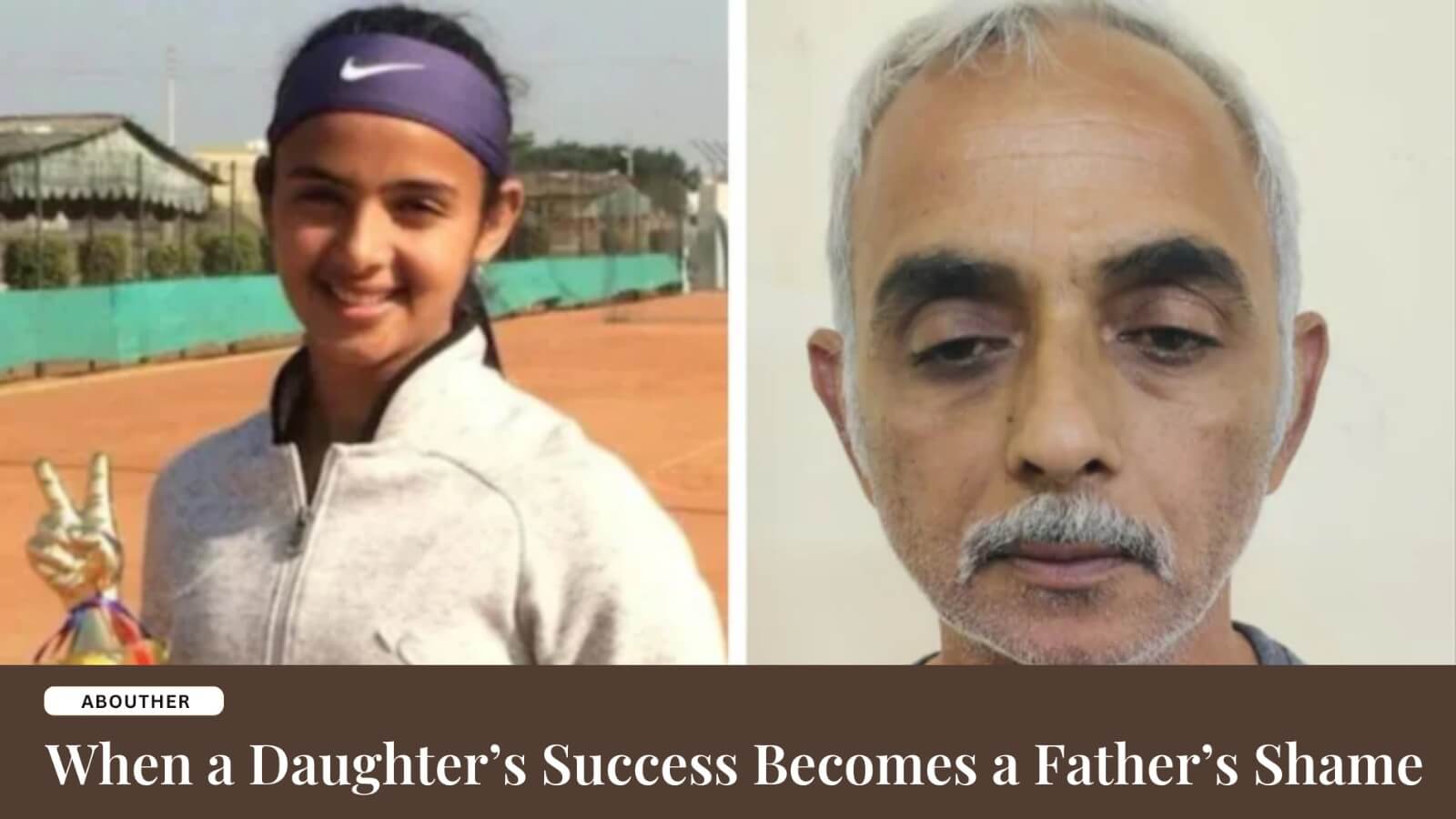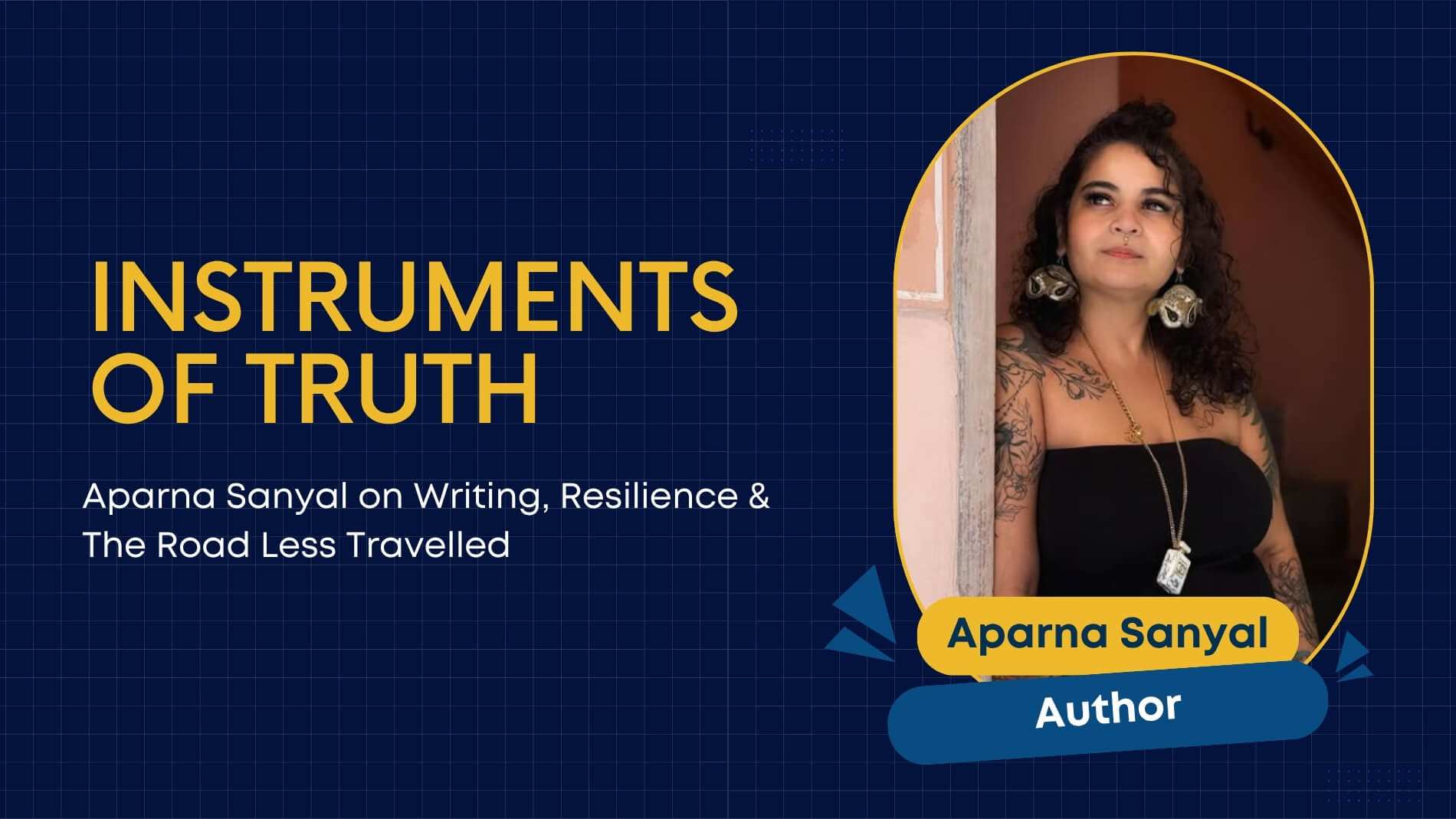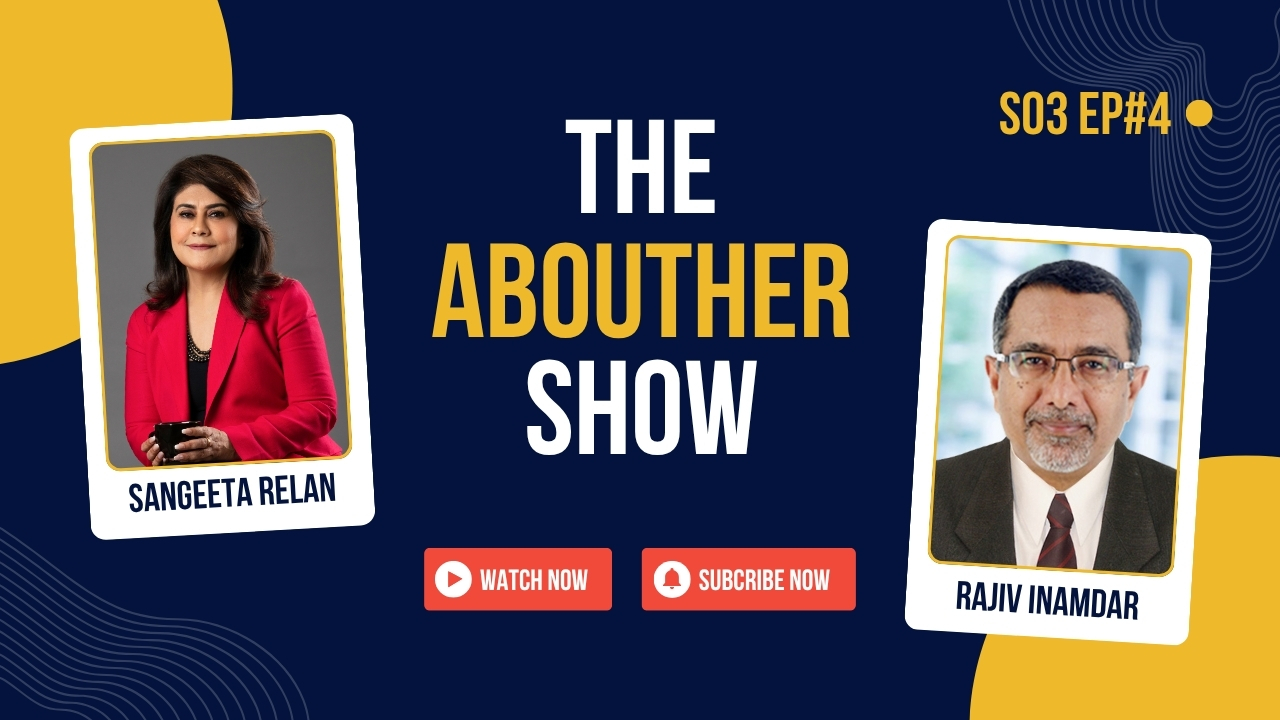Embracing the Rainbow of Neurodiversity: Finding Beauty in Differences
Editor’s Note
At AboutHer Mag, we believe that conversations around inclusion must go beyond the surface—and that includes how we view the human mind. In this thought-provoking piece, Dr Aninda Sidhana draws a vivid parallel between the unpredictability of the Northern Lights and the beauty of neurodivergent minds. As the film Sitaare Zameen Par prepares to challenge norms on-screen, let this article inspire us to challenge them in our own lives. Because truly—Sabka Apna Apna Normal.
During my breathtaking trip to Iceland, I stood beneath the vast night sky, watching the Northern Lights weave their magic—a dance of vibrant colours, shifting unpredictably yet forming a mesmerizing whole. In that moment, I saw a reflection of the human mind. Like the aurora’s dazzling patterns, each mind has its own rhythm and composition. Neurodiversity—the rich spectrum of human cognitive differences—is just as awe-inspiring as nature’s wonders. It is not something to be “fixed” but something to be celebrated.
What is Neurodiversity?
Neurodiversity recognizes that every human brain is uniquely wired, with its own strengths, challenges, and quirks. It encompasses a range of neurological, developmental, and mental health conditions, including Autism Spectrum Disorder (ASD), Attention Deficit Hyperactivity Disorder (ADHD), Dyslexia, Tourette’s Syndrome, Anxiety Disorders, and Depression. These differences are not deviations from a so-called “normal”—they are normal. Yet, society still struggles to fully embrace this truth.
The Rainbow Analogy: A Celebration of Differences
Think of a rainbow, where each colour is distinct but blends beautifully with the next to create something truly breathtaking. Similarly, neurodivergent individuals bring unique perspectives, abilities, and ways of thinking that enrich our communities and spark innovation. These differences should not be feared or erased but seen as valuable threads in the fabric of human experience. Just as no colour in a rainbow is “better” than the other, no one cognitive style is superior—each has its own beauty and purpose.
Also Read: Parenting- A Purifying Experience!
The Science Behind Neurodiversity
Research in neuroscience shows that neurodivergent individuals often exhibit unique brain functioning, especially in areas related to communication, executive function, and sensory processing. These aren’t deficits—they’re different ways of experiencing and engaging with the world. Understanding these differences can move us from exclusion to empathy, and from stigma to strength.
Embracing Neurodiversity: Finding Order in Beautiful Chaos
Society often defines normalcy through narrow, rigid lenses. But real progress lies in broadening our perspectives and embracing the full spectrum of human cognition. This means:
- Acceptance: Recognizing neurodiversity as a natural and valuable part of human existence.
- Inclusion: Creating spaces that support neurodivergent individuals through thoughtful accommodations and awareness.
- Empowerment: Encouraging self-advocacy and self-confidence, so that neurodivergent individuals can thrive on their own terms.
The Power of Representation: Sitaare Zameen Par
Aamir Khan’s upcoming film, Sitaare Zameen Par, marks a bold step toward inclusion by casting real individuals with intellectual disabilities. The film moves beyond tokenism—featuring actors with Autism, Down Syndrome, and Fragile X Syndrome—and redefines what talent looks like. Its powerful tagline, Sabka Apna Apna Normal, challenges conventional definitions of “normal,” urging us to rethink our assumptions and embrace all minds as equally valid and valuable.
Sabka Apna Apna Normal: A Call to Action
Let us celebrate the diversity of human minds and commit to building a society that values and uplifts neurodivergent individuals. By embracing Sabka Apna Apna Normal, we can:
- Break down barriers: Challenge outdated notions of normalcy and encourage broader acceptance.
- Empower individuals: Promote self-acceptance and self-advocacy in neurodivergent communities.
- Foster creativity: Highlight the unique talents and contributions of neurodiverse individuals in every field.
Steps Toward True Inclusion
Inclusion is not a checkbox—it’s a mindset and a commitment. To make it real, we must:
- Educate ourselves: Learn about neurodivergent conditions and how they impact individuals.
- Challenge stereotypes: Confront and dismantle common misconceptions and biases.
- Support and advocate: Build accessible environments and provide platforms for neurodiverse voices to be heard and respected.
Also Read: Taking Care of Your Mental Health- Simple Tools and Techniques for a Calmer Mind
Conclusion: A New Lens on Normal
Neurodiversity is part of the glorious mess of life—a beautiful, intricate composition of minds that think, feel, and perceive the world differently. As Sitaare Zameen Par reminds us, Sabka Apna Apna Normal. “Normal” is not a fixed standard; it is personal, evolving, and deeply human. If we can marvel at the unpredictable brilliance of the Northern Lights, we can certainly embrace the complexity of every mind.
Neurodiversity is not a flaw—it is a spectrum of potential. When we choose to see the light within every mind, we move one step closer to a world where inclusion is not just an ideal, but a lived reality.
Share This On Social
![Sangeeta-Relan-AH-525×410[1]](https://slategray-flamingo-696901.hostingersite.com/wp-content/uploads/2024/06/Sangeeta-Relan-AH-525x4101-1.jpeg)
I’m Sangeeta Relan—an educator, writer, podcaster, researcher, and the founder of AboutHer. With over 30 years of experience teaching at the university level, I’ve also journeyed through life as a corporate wife, a mother, and now, a storyteller.
Recent Posts

